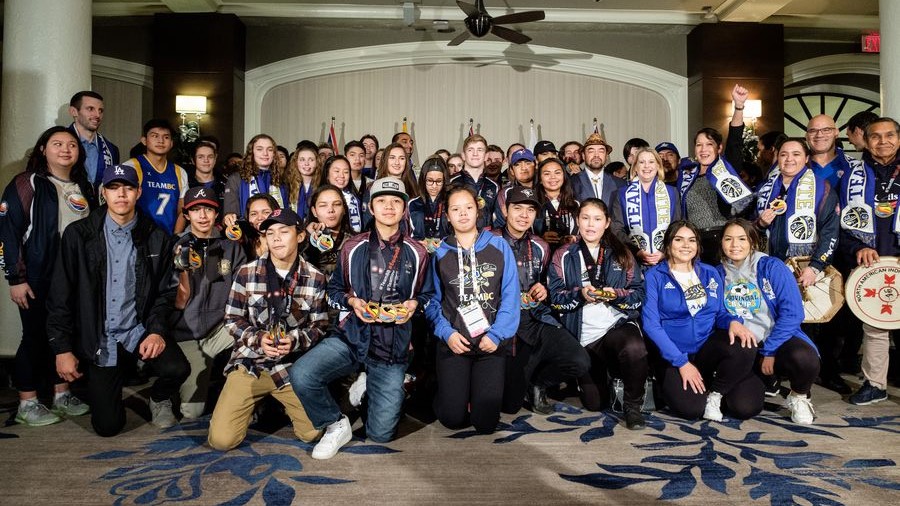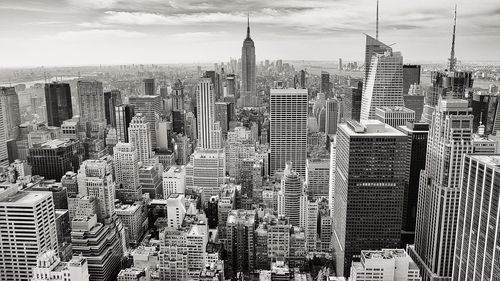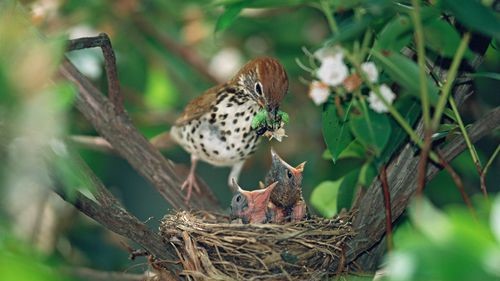Traditional North American Indigenous sports, from lacrosse and archery to canoeing and running, are important parts of Indigenous culture. Before the 1970s, though, there was no large-scale competition for Indigenous athletes in North America. There were only smaller, state or country-wide sports competitions. Indigenous leaders wanted to create a big celebration of Indigenous sports. They dreamed of a competition where young athletes could compete in traditional sports and learn about Indigenous culture and history. In the 1970s, a group of Native American leaders came together to discuss these ideas. The result was the North American Indigenous Games, or NAIG. The NAIG is an athletic competition for Indigenous athletes from across North America.
When it began, the NAIG featured a wide range of self-determined sporting and cultural activities. ‘Self-determined’ means that the communities participating could help decide which sports are played in the competition. This was an important way to make sure that the competition represented a full range of Indigenous sports. The organizers of the NAIG wanted to encourage young Indigenous people to play traditional sports. They thought that the NAIG could give Indigenous athletes a way to connect with their spiritual and cultural histories. They also wanted to encourage friendships among young Indigenous athletes. Because of these goals, the NAIG’s events were mostly for athletes from ages 13 to 19.
The first NAIG competition was held in Edmonton, Alberta in Canada in 1990. 3,000 young athletes participated in the event! There were 15 sports categories. They ranged from rifle shooting, rodeo, and archery to swimming, basketball, and marathon. 37 different Indigenous tribes and nations from across the U.S. and Canada also came to share parts of their cultures. Some of these cultural demonstrations included throat singing, hoop and square dancing, and powwows. There were also food and crafts fairs where different groups could share their food and art. Along with these cultural events, the NAIG invited Elders from different tribes to speak at the event. These Elders shared stories from their lives and talked about their languages and customs. Another important part of the event was spiritual guidance for the athletes. The NAIG organizers invited spiritual leaders from different Indigenous groups to lead the event in prayers and blessings.
Today, the NAIG is the largest Indigenous sporting event in North America. The NAIG continues to support Indigenous sports and culture. In 2017, the NAIG was held in Toronto, Canada. Almost 5,000 young Indigenous athletes competed in the sporting events! The athletes represented their region or territory. There were 14 different sports categories. Athletes could compete in lacrosse, archery, canoeing, track and field, and other sports. All of these sports have histories in Indigenous communities. The 2017 NAIG was broadcasted on TV. The NAIG views this as an important part of the event’s mission: to educate and inspire non-Indigenous audiences as well as Indigenous ones. They want the event to serve as an inspiring and exciting celebration of Indigenous heritage that anyone can enjoy watching. For the young athletes who competed in the 2017 NAIG, the games provided a chance to represent their tribes and their heritages, while having fun and forming friendships with other indigenous youths.









